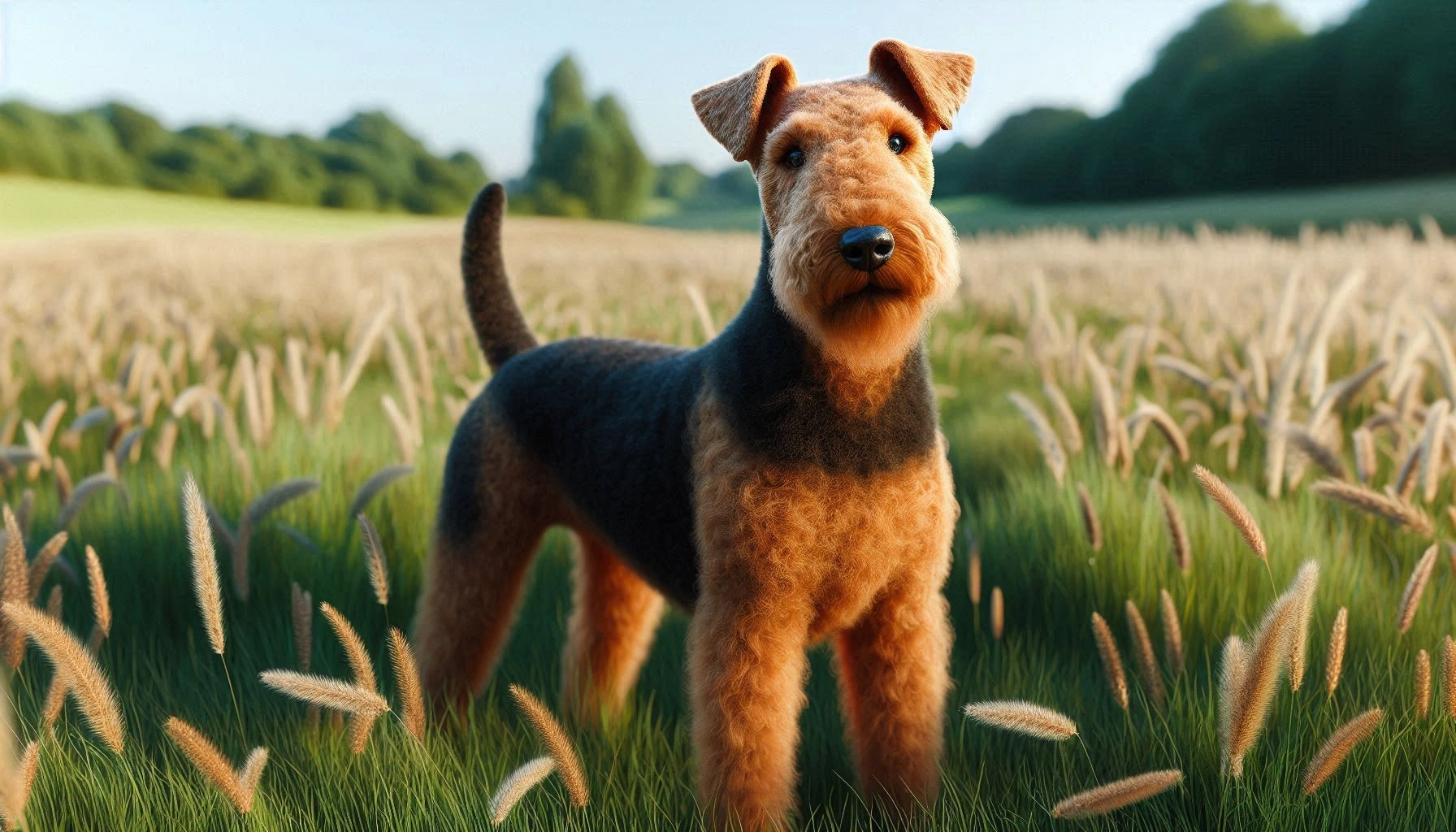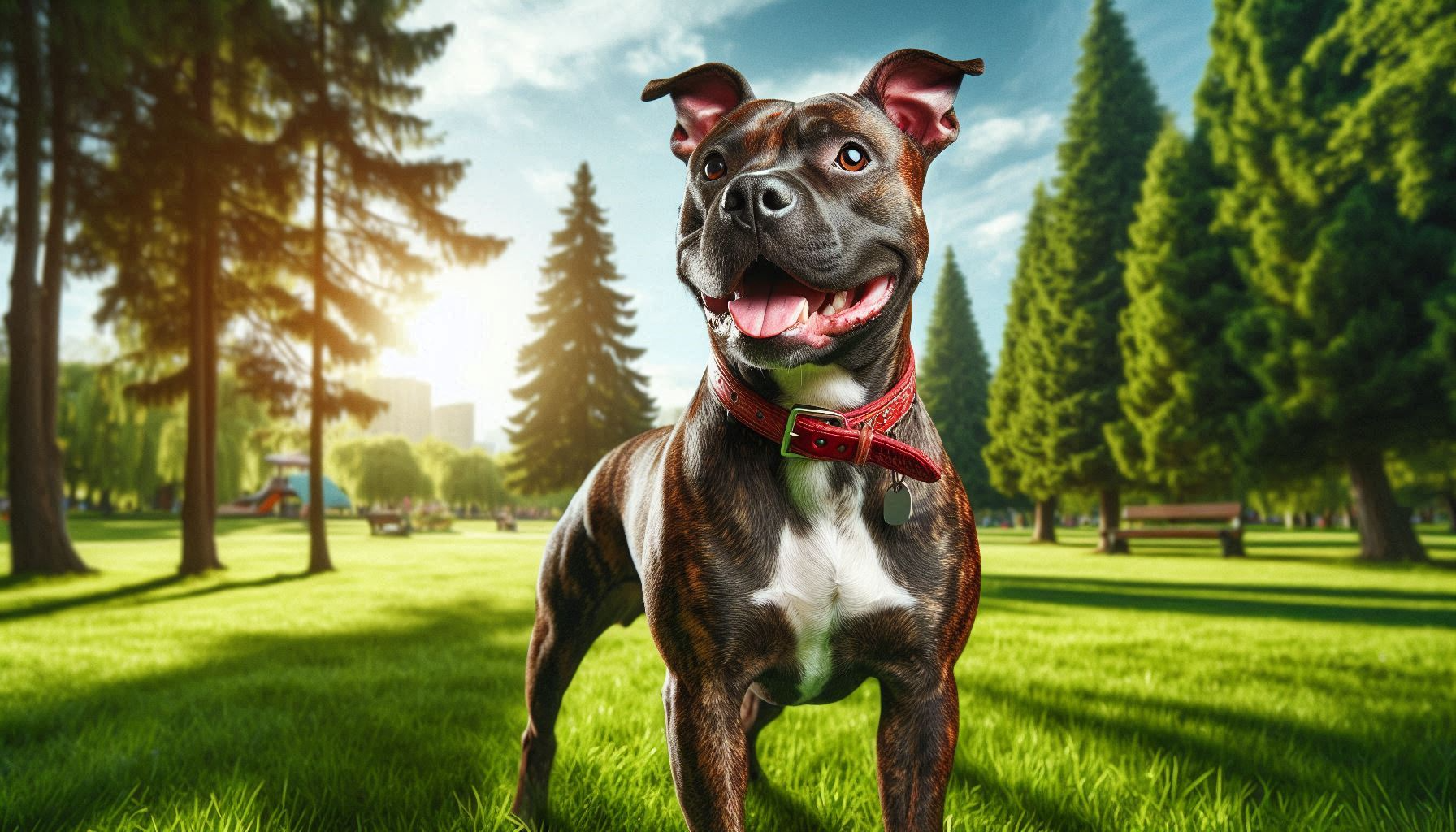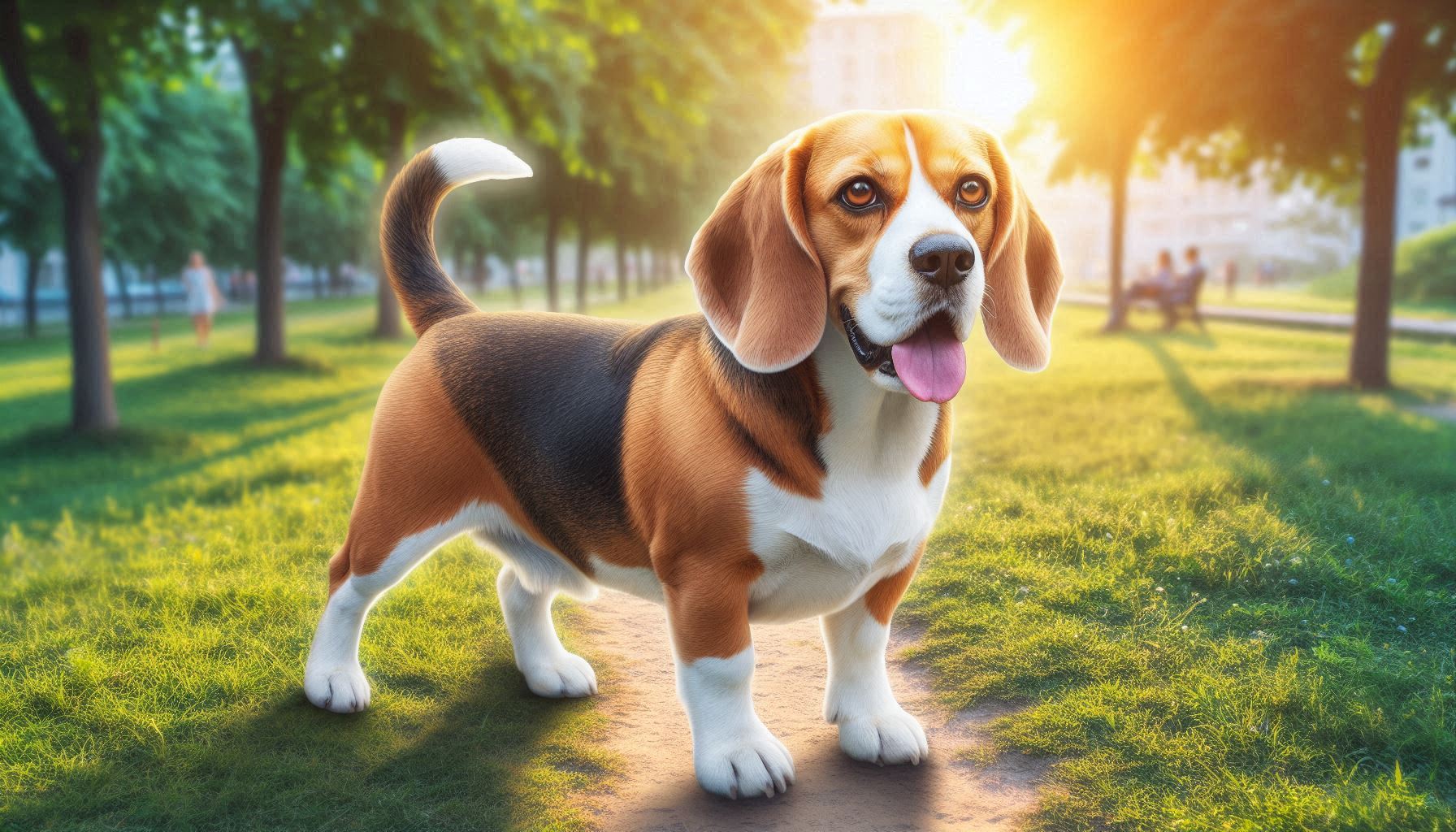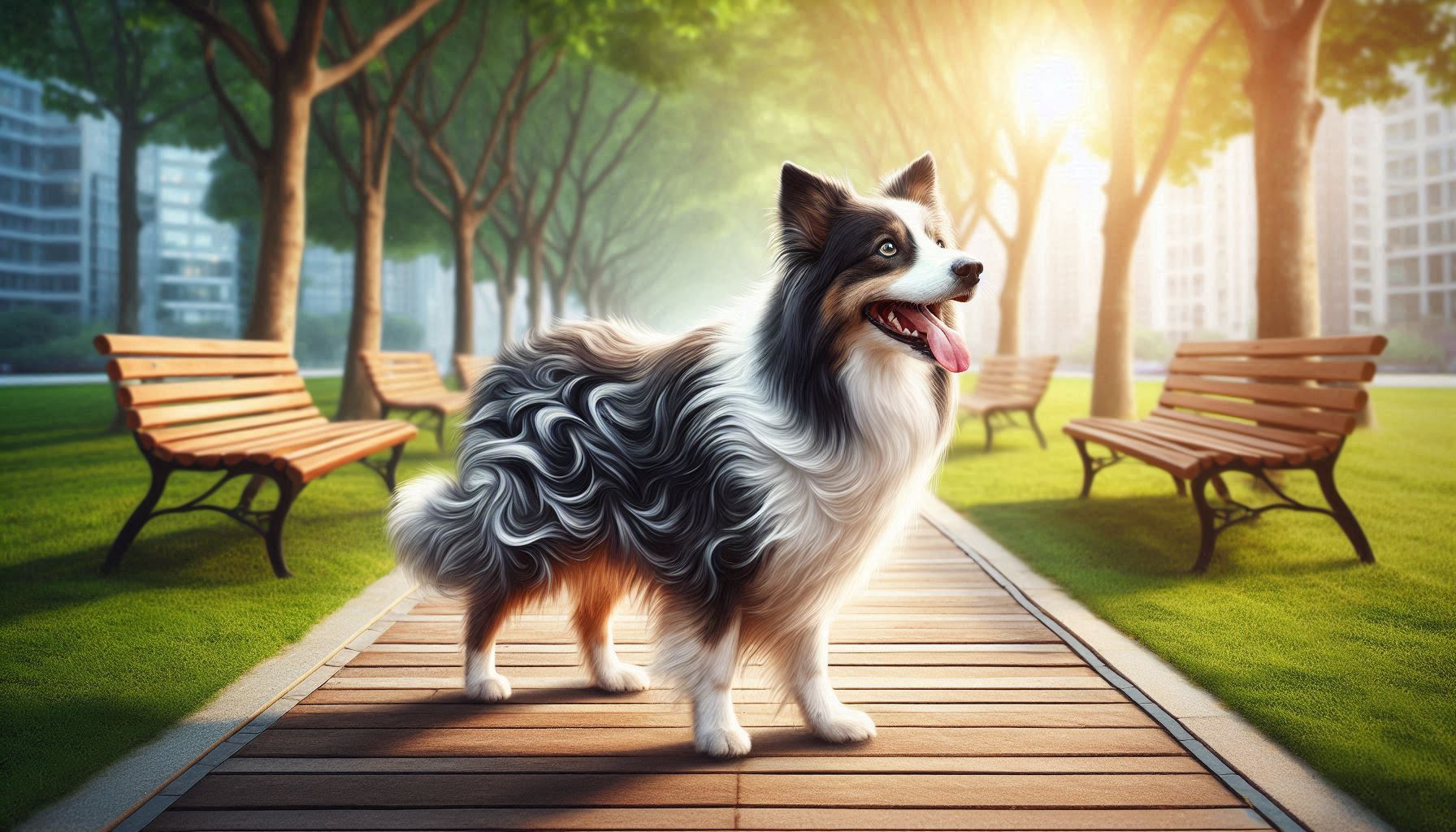Table of Contents
Trailhound Dog Breed
The Trailhound dog breed is a fascinating and energetic canine known for its exceptional tracking abilities and loyal nature. Often celebrated for its endurance and sharp senses, the Trailhound is a popular choice among hunters and outdoor enthusiasts. But beyond its hunting prowess, this breed also possesses a gentle and affectionate side, making it a potential companion for families and individuals alike. In this article, we’ll dive deep into the history, characteristics, and care requirements of the Trailhound dog breed to help you understand why it could be the perfect addition to your household.
History and Origin
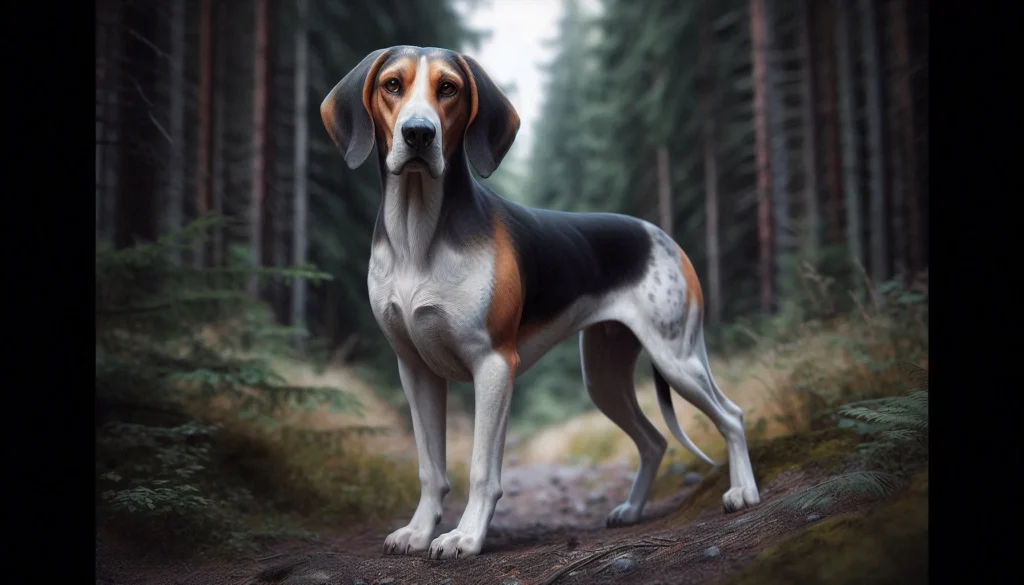
The Trailhound’s history is as rich and adventurous as the landscapes it has traversed over the centuries. Originating in the United Kingdom, particularly in regions like the Lake District, the Trailhound was bred specifically for its exceptional tracking abilities. The breed’s ancestors were likely a mix of various hound breeds, such as the Foxhound and Bloodhound, which were selectively bred to create a dog with an unparalleled sense of smell and endurance.
Historically, Trailhounds were employed in hunting packs, often tasked with pursuing deer and other game across the rugged terrains of Northern England. Their ability to follow a scent trail for miles made them invaluable to hunters, and their stamina meant they could keep up with the chase for extended periods. Interestingly, the breed was not widely recognized outside its local regions until the 20th century, when its reputation as an excellent tracker began to spread.
Physical Characteristics
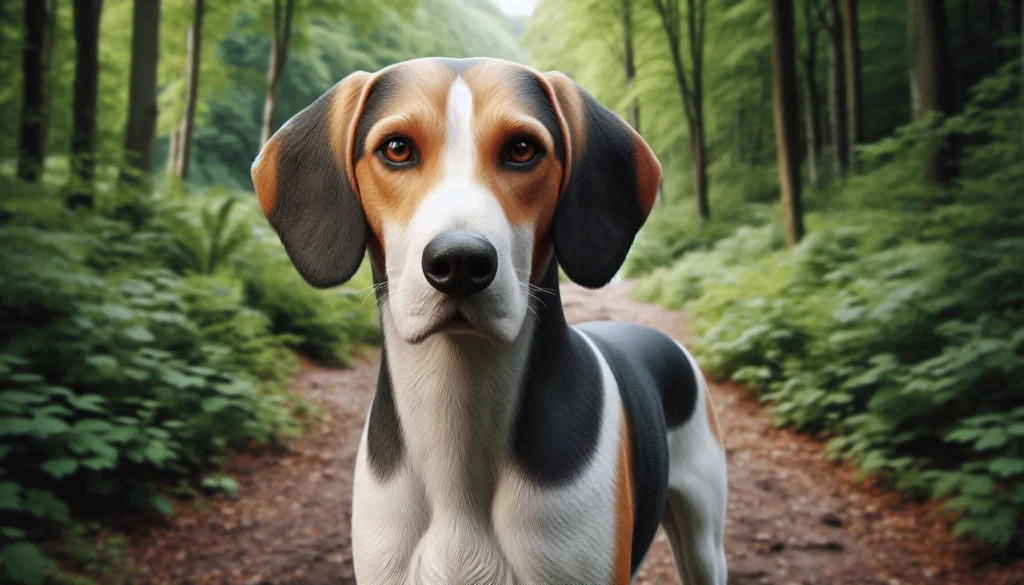
The Trailhound is a medium to large-sized dog with a muscular and athletic build, perfectly suited for its role as a working dog. Here’s a closer look at the breed’s physical attributes:
- Size: Male Trailhounds typically stand between 22 to 26 inches at the shoulder and weigh around 60 to 75 pounds. Females are slightly smaller, ranging from 20 to 24 inches in height and weighing between 50 to 65 pounds.
- Coat Type: The breed has a short, dense coat that provides protection against the elements without requiring extensive grooming. This coat is smooth and lies close to the body, giving the dog a sleek appearance.
- Colors: Trailhounds come in various colors, with the most common being black and tan, tricolor (black, white, and tan), and various shades of brindle. Some Trailhounds may also have white markings on their chest, legs, and tail.
- Distinctive Features: One of the most distinctive features of the Trailhound is its long, drooping ears, which enhance its ability to capture scent particles from the air. Additionally, the breed has a long, tapering tail that often carries a white tip, a trait that historically helped hunters spot the dog in dense underbrush.
Temperament and Personality
The Trailhound’s temperament is a blend of its working heritage and its affectionate nature. This breed is known for being:
- Loyal and Affectionate: Trailhounds are deeply loyal to their owners and form strong bonds with their families. They are known to be affectionate and enjoy spending time with their human companions, whether lounging indoors or exploring the great outdoors.
- Energetic and Active: As a breed developed for long hunts, Trailhounds have high energy levels and require regular exercise to stay happy and healthy. They are not content with a sedentary lifestyle and thrive in environments where they can engage in physical activities like running, hiking, or playing fetch.
- Good with Children and Other Animals: Trailhounds generally have a friendly and gentle demeanor, making them good companions for children and other pets. However, due to their strong prey drive, they should be supervised around smaller animals, especially if not socialized properly from a young age.
- Intelligent but Independent: While Trailhounds are intelligent and capable of learning a variety of commands, they also have an independent streak. This can sometimes make training a challenge, especially for first-time dog owners. Consistent and positive reinforcement techniques are key to successfully training this breed.
Health and Lifespan
The Trailhound is generally a healthy breed, but like all dogs, it can be prone to certain health issues. The average lifespan of a Trailhound is around 10 to 14 years. Some common health concerns for the breed include:
- Hip Dysplasia: A condition where the hip joint doesn’t fit together perfectly, which can lead to arthritis and mobility issues. Regular vet check-ups and maintaining a healthy weight can help manage this condition.
- Ear Infections: Due to their long, drooping ears, Trailhounds are more susceptible to ear infections. Regular cleaning and monitoring for signs of discomfort can help prevent infections.
- Bloat (Gastric Torsion): This is a serious condition that can affect deep-chested dogs like the Trailhound. It involves the stomach twisting, which can cut off blood supply and lead to a life-threatening situation. Feeding smaller, more frequent meals and avoiding vigorous exercise immediately after eating can reduce the risk.
To keep a Trailhound healthy, regular vet visits, a balanced diet, and plenty of exercises are essential. Additionally, mental stimulation through training and play is important for their overall well-being.
Care and Grooming
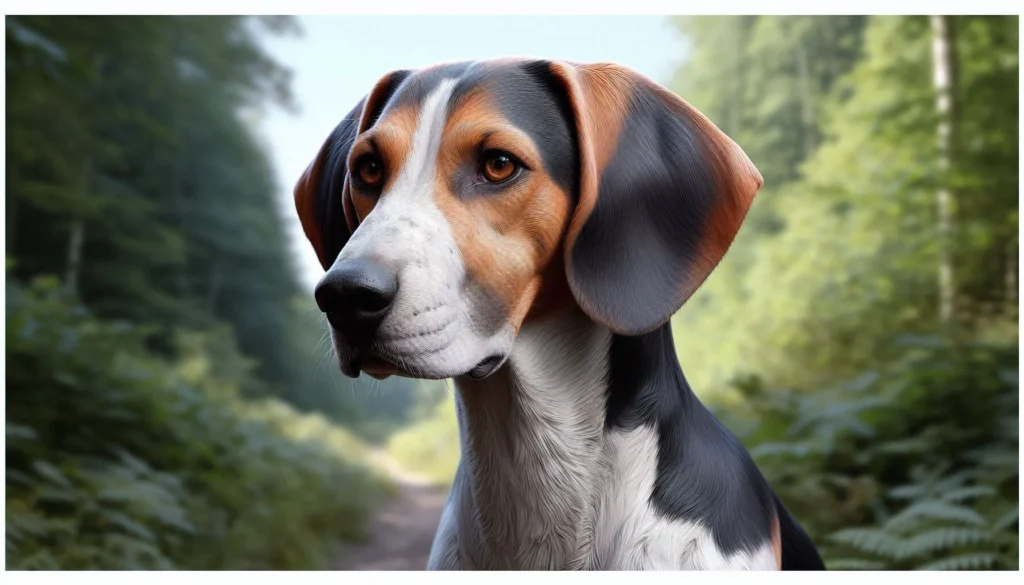
Caring for a Trailhound involves a combination of physical exercise, mental stimulation, and regular grooming:
- Exercise Requirements: Trailhounds need a significant amount of daily exercise, ideally 1 to 2 hours of activity. This can include long walks, hikes, or play sessions in a secure area. Due to their hunting instincts, it’s important to keep them on a leash or within a fenced area to prevent them from chasing after scents.
- Grooming Needs: The Trailhound’s short coat is relatively low-maintenance. Weekly brushing will help keep the coat healthy and reduce shedding. Regular ear checks and cleaning are crucial to prevent infections, and teeth should be brushed regularly to maintain oral health.
- Dietary Recommendations: A high-quality diet tailored to the breed’s size, age, and activity level is important. Consult your vet for specific dietary needs, but in general, a diet rich in protein and low in fillers will help keep your Trailhound in peak condition.
Training and Socialization
Training a Trailhound can be both rewarding and challenging. Here’s what to consider:
- Early Socialization: Like all breeds, early socialization is key to raising a well-adjusted Trailhound. Expose your dog to various environments, people, and other animals from a young age to help them develop confidence and good behavior.
- Positive Reinforcement: Trailhounds respond best to positive reinforcement techniques, such as treats, praise, and play. Harsh methods can lead to a stubborn or fearful dog, so patience and consistency are crucial.
- Challenges in Training: Due to their independent nature and strong scent drive, Trailhounds can sometimes be difficult to recall when they catch an interesting scent. Training recall commands in a controlled environment and gradually introducing distractions can help improve reliability.
Suitability as a Family Pet

The Trailhound can be an excellent family pet for the right household. Here are some factors to consider:
- Living Environment: Trailhounds do best in homes with plenty of space to roam and explore. They are not well-suited to apartment living unless they receive ample outdoor time. A house with a large, secure yard is ideal.
- Family Dynamics: This breed gets along well with children and can be a gentle and patient companion. However, their high energy levels mean they might not be the best match for families with very young children or elderly members who may struggle to keep up with their activity needs.
- Energy Levels: If your family enjoys an active lifestyle, the Trailhound could be the perfect fit. They thrive in environments where they can engage in physical activities and be part of family adventures.
Fun Facts and Trivia
- Scent Masters: Trailhounds have one of the most acute senses of smell among dog breeds, rivaling that of Bloodhounds. They can track a scent trail over long distances, even in challenging conditions.
- Record-Setters: Some Trailhounds have been known to cover up to 50 miles in a single hunt, showcasing their incredible stamina and endurance.
- Lesser-Known Breed: Despite their impressive abilities, Trailhounds are not as widely recognized or popular as other hound breeds, making them a unique choice for dog owners looking for something different.
Similar Dog Breeds to the Trailhound



If you’re intrigued by the Trailhound, you might also be interested in these similar breeds:
- Foxhound: Similar in size and appearance, the Foxhound shares the Trailhound’s hunting instincts and endurance. It’s also known for its friendly and social nature, making it a good companion for active families.
- Bloodhound: Renowned for its exceptional tracking abilities, the Bloodhound is another scent hound with a keen sense of smell. Bloodhounds are larger and slightly more laid-back than Trailhounds but require just as much mental and physical stimulation.
- Beagle: A smaller relative of the Trailhound, the Beagle is also a scent-driven breed with a friendly and outgoing personality. Beagles are more compact and adaptable to smaller living spaces, but they still need plenty of exercise.
Conclusion
The Trailhound is a remarkable breed with a rich history, an affectionate personality, and a unique set of skills that make it both a capable working dog and a loving companion. Whether you’re an avid outdoor enthusiast or simply looking for a loyal family pet, the Trailhound could be the perfect addition to your home. Remember, this breed requires a commitment to regular exercise, training, and care, but the rewards are well worth it. If you’re considering adding a Trailhound to your family, take the time to learn more about this breed and ensure it’s the right fit for your lifestyle.
FAQ
Is the Trailhound a dangerous dog?
No, the Trailhound is not considered a dangerous dog. This breed is generally friendly, gentle, and good with people, including children. However, like any dog, proper training and socialization are important to ensure they behave well in various situations.
Is the Trailhound the best guard dog to protect you or your family?
The Trailhound is not typically bred or used as a guard dog. While they are alert and may bark to notify you of strangers, their friendly nature makes them more suited to being a companion rather than a protective guard dog. If you’re looking for a breed specifically for protection, other breeds like the German Shepherd or Rottweiler might be more suitable.
